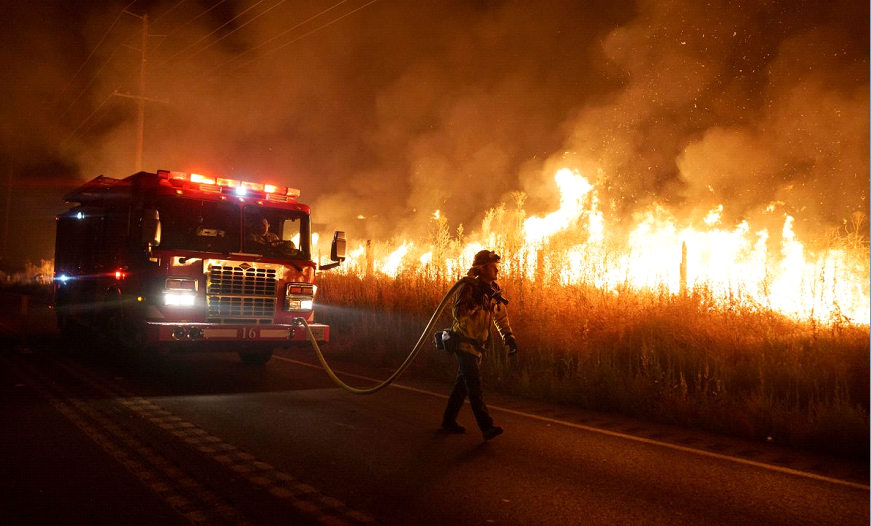Riverside County in Southern California had a difficult weekend as four wildfires started in the sweltering heat. Firefighters fought the fires valiantly although extreme heat advisories were in place for much of the state. The largest fire dubbed the “Rabbit Fire,” started on Friday afternoon and scorched around 7,600 acres by Sunday. According to the California Department of Forestry and Fire Protection, the fire is just 10% controlled right now.
Constant Threat: The Rabbit Fire
Residents are worried because authorities have determined that at least 152 properties are at risk from the Rabbit Fire. However, given the fact that firefighters have made substantial progress, there is hope that the flame will be completely out by Wednesday. As a result, for some communities affected by the Rabbit Fire, a portion of the evacuation order has been lowered to an evacuation warning.
Progress and Containment Efforts:
Firefighters have also been working hard to put out the weekend-onset Reche, Highland, and Gavilan fires in Riverside County. While the Highland Fire has torched 105 acres and is now 70% contained, the Reche Fire has consumed over 435 acres and is only 60% controlled. The Reche and Highland fires’ evacuation orders have been rescinded, which suggests that both flames are almost entirely under control. However, the 250-acre Gavilan Fire, which is just 50% controlled, continues to prompt evacuation advisories in the unincorporated Perris region.
Partial containment of the Gavilan Fire
Firefighters have had a recurring issue due to the Gavilan Fire, located in the unincorporated Perris region of Riverside County. Despite their best efforts, the fire has consumed 250 acres and is just 50% controlled right now. Authorities continue to issue evacuation advisories for the impacted areas while constantly monitoring the situation.
California’s wildfire statistics to 2023
Cal Fire says more than 3,030 wildfires have already burned more than 10,400 acres in California in 2023. These startling statistics highlight the persistent danger and the requirement for continual attention in preventing wildfires throughout the state.

